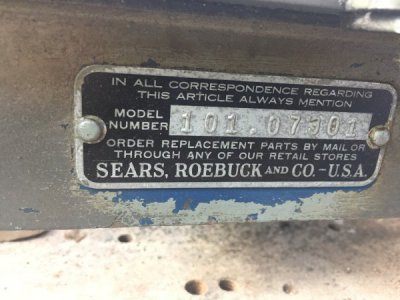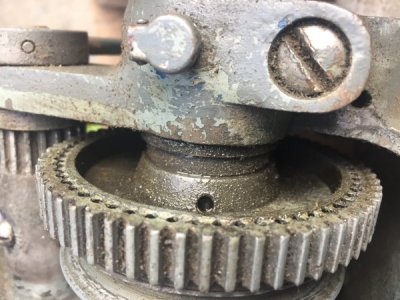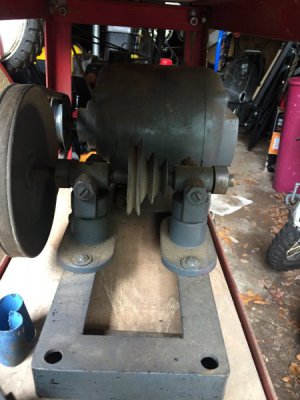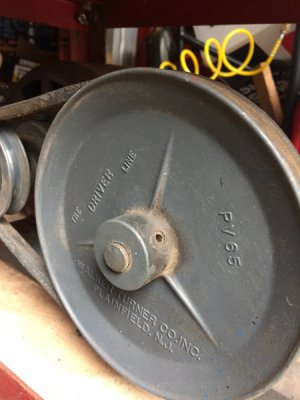- Joined
- May 31, 2018
- Messages
- 36
Hello everyone,
I just picked up this Craftsman 101.07301 and am in the process of tuning it up to learn the hobby. While going over the machine I noticed this hole for a set screw in the bull gear but the set screw is missing. Is this just a case of a universal part that doesn’t need the set screw for my application or is it truly missing? Thanks in advance.


I just picked up this Craftsman 101.07301 and am in the process of tuning it up to learn the hobby. While going over the machine I noticed this hole for a set screw in the bull gear but the set screw is missing. Is this just a case of a universal part that doesn’t need the set screw for my application or is it truly missing? Thanks in advance.




